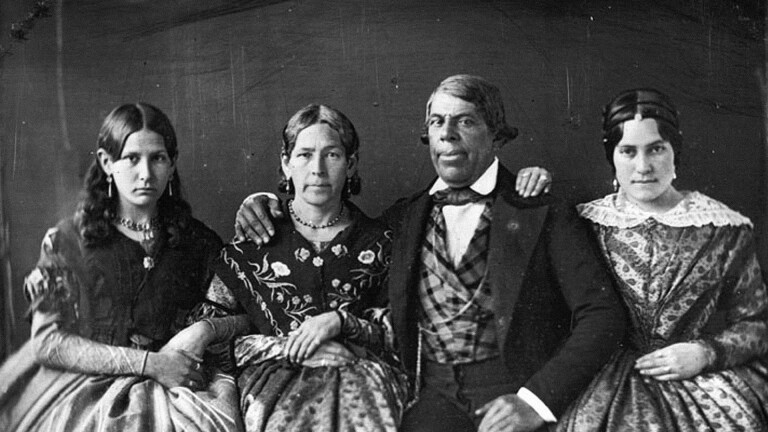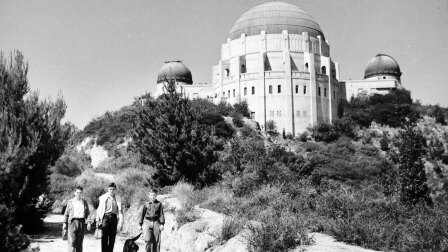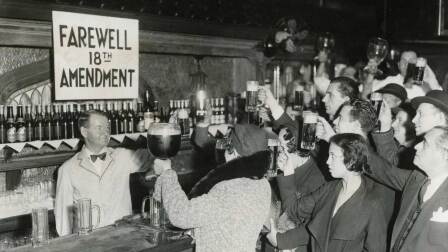Ghost Towns
Some California dreams did succeed, creating a megalopolis in the state’s north and south. Other dreams failed, leaving only ruins behind. This episode explores the hopes and dreams of three California ghost towns. We feature Bodie, an early gold mining settlement in Mono County that continues to be preserved in time; Llano Del Rio, a socialist utopian community in the Mojave Desert; and Zzyzx, a former health spa community that came to an end with the eviction of founder and radio evangelist Curtis Howe Springer.
A conversation with L.A.’s Chief Design Officer Christopher Hawthorne leads the way for the journey, as we reference Kevin Starr and the American Dream and the dashed dreams that ghost towns represent. We talk with Brad Sturdivant, the Bodie Foundation’s Executive Director, and geography professor Dydia Delyser about Bodie’s state of arrested decay and preservation, and the period of time in which it flourished. We then visit the “Socialist City” of Llano Del Rio, followed by Zzyzx, the resort community that presented a promise of health and vitality.
Related





























